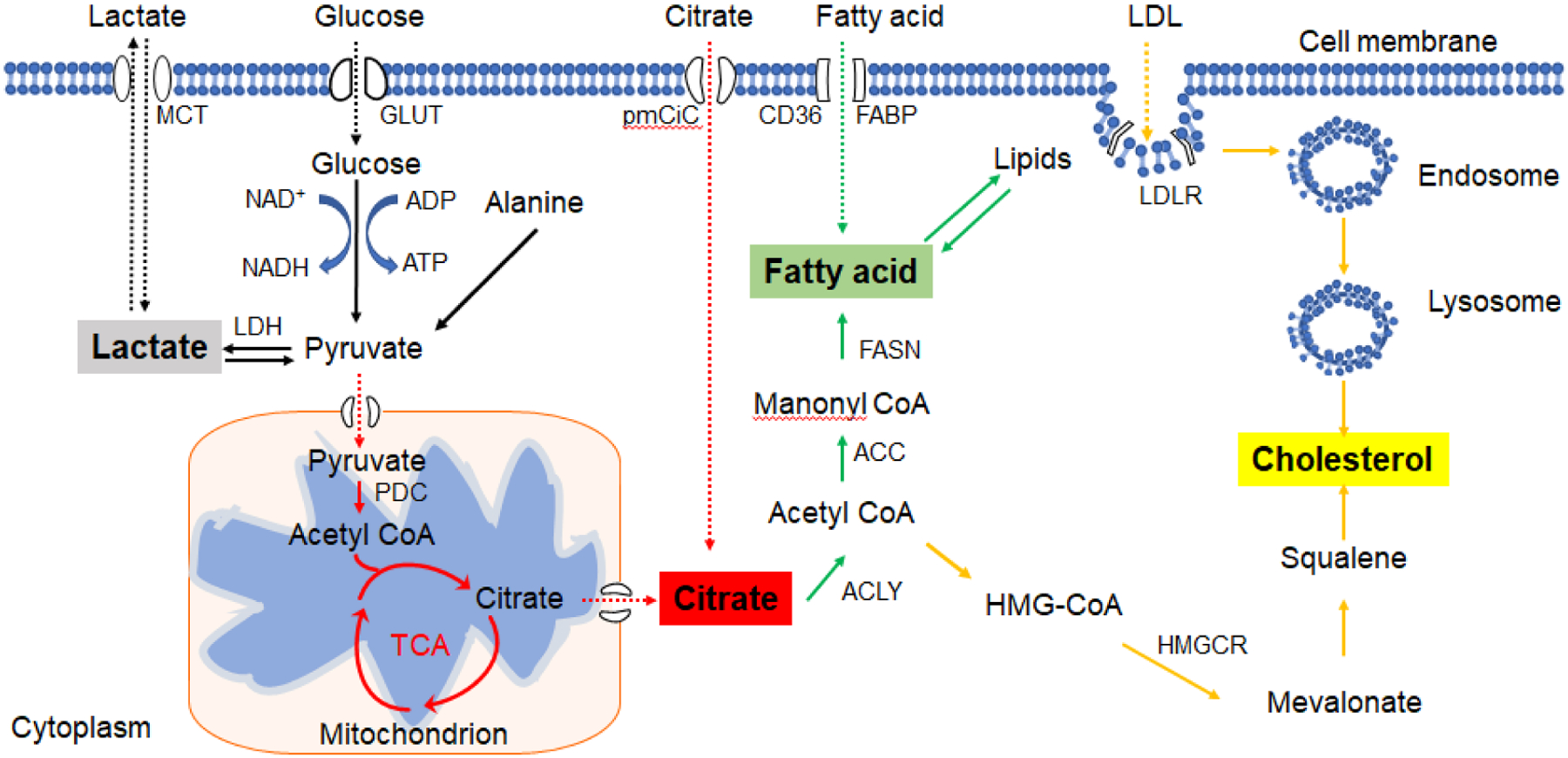Figure 1. Source and production of key metabolites.

Glucose is hydrolyzed via a series of enzymatic reactions to produce pyruvate, which then is imported into the mitochondria and consequently converted into acetyl-CoA to enter the TCA. Under anaerobic conditions, pyruvate is converted to lactate by LDH. Citrate is formed during TCA cycle. FAs are mainly derived from the hydrolysis of fats or synthesis from two carbon units (acetyl- or malonyl-CoA). FAs can also be up-taken from the extracellular microenvironment. Cholesterol is transported to the lysosomes through the endocytic pathway; it is then hydrolyzed to free cholesterol molecules. Cholesterol synthesis starts from the mevalonate pathway and is eventually yielded after multistep enzymatic reactions. MCT: monocarboxylate transporters; GLUT: glucose transporter; ATP: adenosine triphosphate; ADP: adenosine diphosphate; NAD+: nicotinamide adenine dinucleotide; NADH: nicotinamide adenine dinucleotide (NAD) + hydrogen (H); LDH: lactate dehydrogenase; PDC: pyruvate dehydrogenase complex; TCA: tricarboxylic acid cycle; FAs: Fatty acids. FABP: fatty acid-binding protein; FASN: fatty acid synthase; ACC: Acetyl CoA carboxylase; ACLY: ATP citrate lyase; LDL: low-density lipoprotein; HMGCR: 3-Hydroxy-3-Methylglutaryl-CoA Reductase
